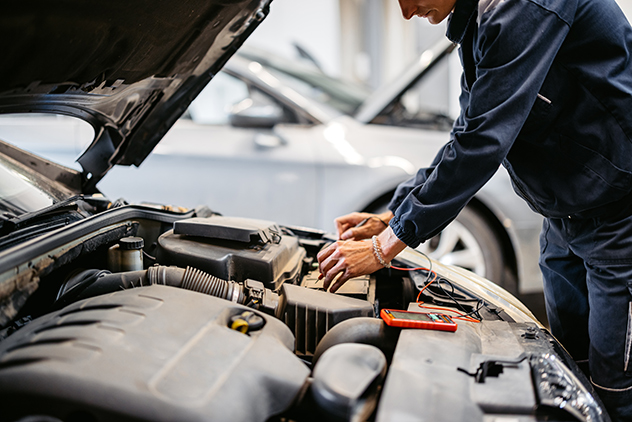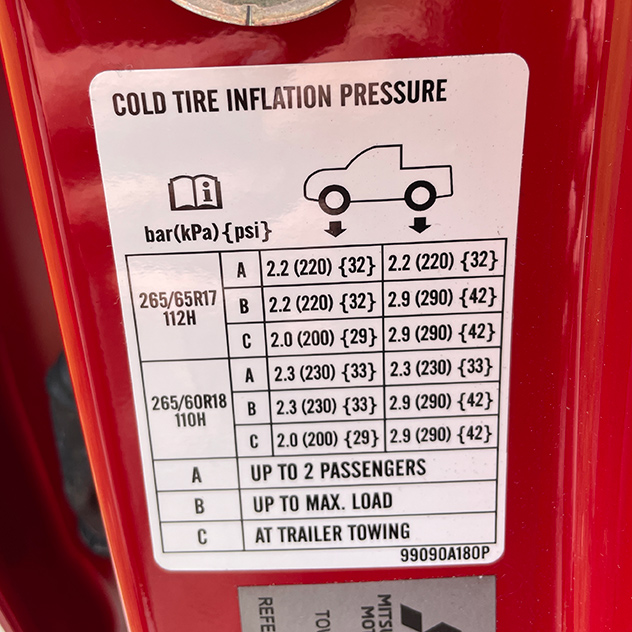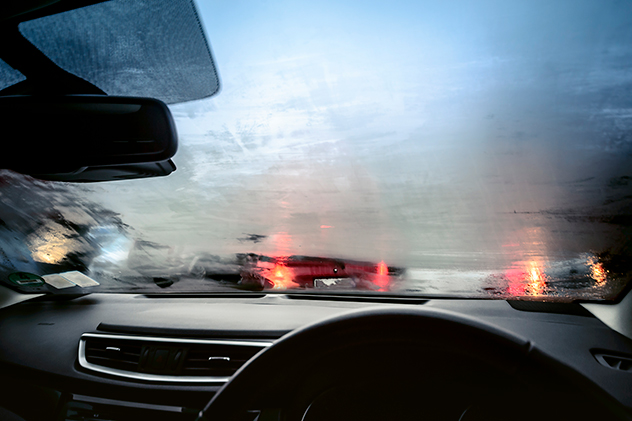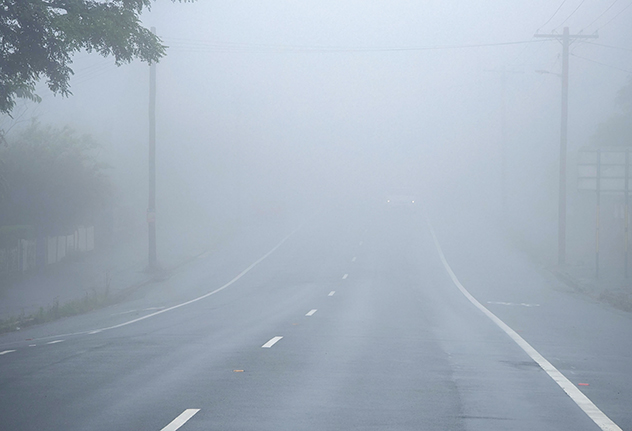How to prepare your car for winter

As winter approaches and the mercury drops to single digits, drivers and their cars can face some unique challenges. We’ve compiled a list of tips to help ensure your car is up to the challenge.
Keep the energy up
The lower the temperature, the less energy a car’s battery produces, while a car’s engine actually requires more energy to start.
These two factors in combination can cause harder starting, resulting in increased energy drain per start-up, and can even lead to a dead battery.

Catch issues with your car battery early on before symptoms arise with a battery health check.
Even a battery that seems fine in the warmer months can go downhill quickly as the temperature drops. For peace of mind, and to ensure you don’t end up stranded, it’s best to have your battery health-checked and replaced if necessary.
Read more: How does cold weather affect your car battery?
Your only connection to the road
While having tyres that are compliant, in good nick and suitable for the vehicle they’re fitted to is imperative year-round, this is most important in the colder months.
Tyre pressures drop as temperatures do, so be sure to check your tyres a few times during the transition into winter and ensure they are within specified pressure ranges. Recommended pressures are found on the tyre placard, usually located in the vehicle’s door sill (as seen below).

If you drive through areas where the temperature can reach zero (or even colder), the chances of encountering snow and sludge are increased. While tyres in good condition (with deep treads) will handle these surfaces more favourably than worn tyres, it’s best to also have tyre chains in the boot if you expect to encounter these conditions.
Colder average temperatures and fewer hours of daylight also mean puddles and wet patches of road dry up more slowly after rain.
Clear things up
Clear vision through the windscreen at all times is essential for the safety of vehicle occupants, other road users, and wildlife.
Large temperature and humidity variations between a car’s interior and exterior can cause glass to gather condensation and fog, reducing visibility for the driver and increasing the risk of an accident.
Keeping glass clean helps limit this and allow the air conditioner’s demister function to more quickly clear condensation, so be sure to give your windscreen a thorough clean (inside and out) more often during the cold months.

Ice can form on the windscreen of cars left in sub-zero conditions, especially overnight. Avoid the temptation to clear this with hot or boiling water, as rapid expansion of one section of the glass can cause it to crack.
Light the way
With more hours of darkness during winter, your car’s lights become especially important.
Ensure head and tail light globes are functioning properly and replace them immediately if not. If your headlight lenses have a ‘cloudy’ look to them, this could mean their ability to light the road ahead is hindered. Headlight restoration kits, readily available at auto stores, will clear up lenses and improve the effectiveness of headlights.

Make sure your headlights and fog lights (if equipped) are in top condition before driving into potential winter fog.
Some cars come fitted with fog lights (designed to sit lower on the body and shine underneath hanging fog). As your likelihood of encountering fog is higher during the colder months, it’s important to check these lights are functioning as well – and don’t forget to switch them off once conditions return to normal.






